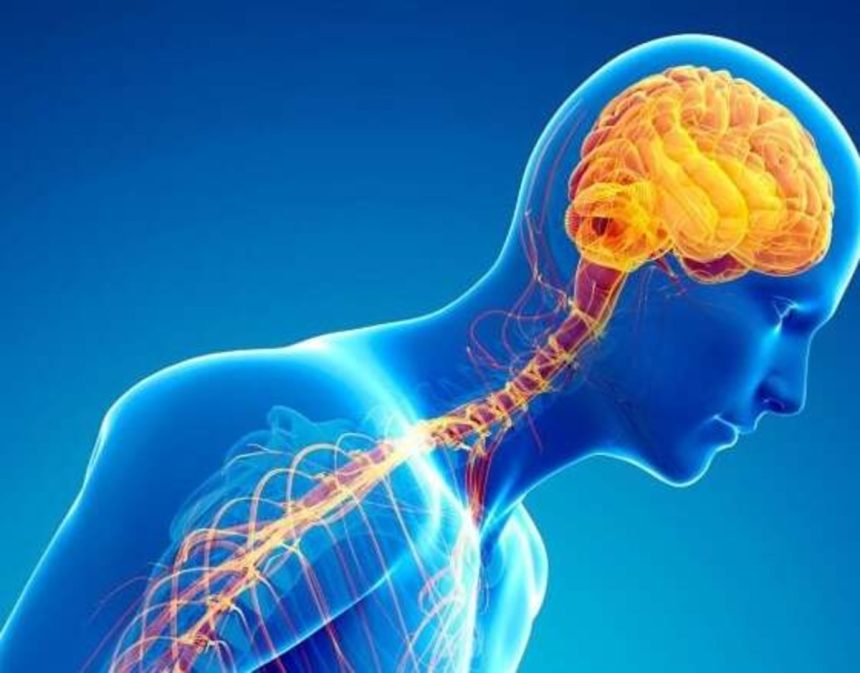A recently released biomechanical study has shed light on the possibility of standard medicine being used to help people with Parkinson’s disease treat their symptoms, which also affects the coordination of their posture.
Co-authored by Joseph Aderonmu, the study, conducted as part of a collaborative research effort at the University of Nebraska at Omaha, and presented at two scientific conferences in the United States, used advanced motion-sensing technology and a special analysis technique to explore how Parkinson’s treatments affect postural coordination during standing.
The findings provide clinicians with the opportunity to better understand balance challenges in people living with the condition and guide more personalised approaches to care.
According to the study, Parkinson’s Disease (PD), a progressive neurological disorder, affects movement and posture, while levodopa remains the most widely used, effective medication for managing its symptoms. It, however, hinted that a common side effect, known as levodopa-induced dyskinesia (dyskinesias), can introduce new complications.
“Dyskinesias are involuntary, erratic movements that can unintentionally increase instability, particularly in the upper body,” the study reveals.
Aderonmu’s research shows that when people with Parkinson’s, who experience dyskinesias, take their medication, they exhibit inflexible, overly coupled movement between the head and pelvis during standing. This coordination pattern may impair balance rather than improve it.
“Balance isn’t just about minimising sway. It’s about how body segments adjust and coordinate with one another. When that coordination becomes overly inflexible, it may interfere with how people respond to everyday challenges to their stability,” he stated.
What makes this study particularly significant is its use of cutting-edge biomechanical and analytic methods. Using wearable motion sensors and a technique called Joint Recurrence Quantification Analysis, Aderonmu and his team were able to assess how different parts of the body move together over time. This method goes beyond traditional clinical assessments to reveal subtle disruptions in postural control that might otherwise go unnoticed.
“This work highlights the need to move beyond surface-level assessments and focus on the quality of movement. “It offers a new lens through which clinicians and therapists can understand balance issues and one that can lead to more targeted interventions,” Aderonmu said.
He believes the implications of the research are far-reaching, especially with Parkinson’s disease already estimated to affect over 10 million people globally, and the number expected to double by 2040 as populations age.
In Nigeria, where awareness and diagnostic infrastructure are still developing, these findings could help inform local approaches to rehabilitation, caregiver education, and fall prevention.
The study also opens the door to more technology-assisted rehabilitation strategies, especially those that can be adapted to low-resource settings. By focusing on how the quality of postural coordination changes with medication, this research underscores the importance of tailoring therapy to individual needs.
As Nigeria and other African countries continue to build capacity in neuroscience, rehabilitation, and elderly care, not a few believe research like this helps bridge the gap between innovative science, clinical practice, and real-world health challenges.
By identifying patterns of movement that indicate risk, Aderonmu’s study adds a valuable piece to the puzzle of improving life for people with Parkinson’s and supports the broader goal of advancing patient-centred, evidence-based care both locally and internationally.
ALSO READ TOP STORIES FROM NIGERIAN TRIBUNE
WATCH TOP VIDEOS FROM NIGERIAN TRIBUNE TV
- Let’s Talk About SELF-AWARENESS
- Is Your Confidence Mistaken for Pride? Let’s talk about it
- Is Etiquette About Perfection…Or Just Not Being Rude?
- Top Psychologist Reveal 3 Signs You’re Struggling With Imposter Syndrome
- Do You Pick Up Work-Related Calls at Midnight or Never? Let’s Talk About Boundaries







